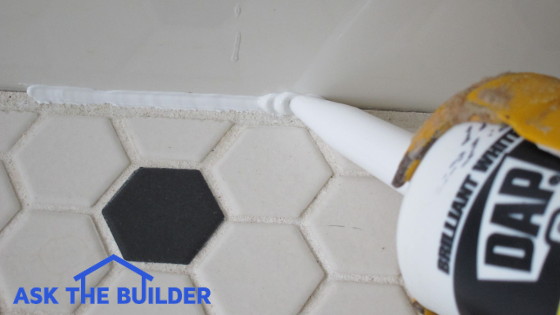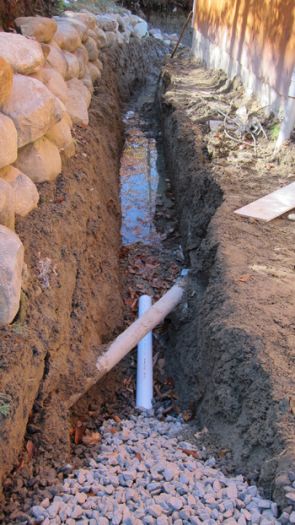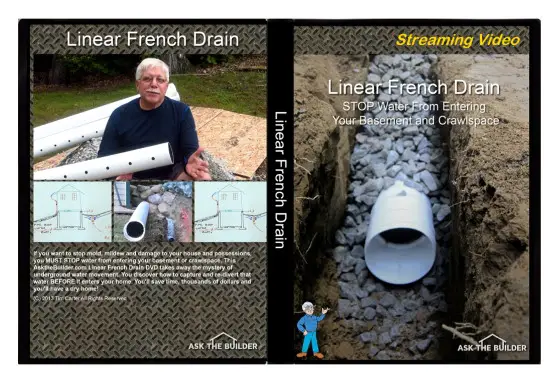What's in This Newsletter?
Latest News
Need Help - Old Floor Joist
Wet-Dry Vacuum Trick
Meghan's Gift Guide
Replacing a Window With a French Door
Facebook News
The race is on now that Thanksgiving here in the USA is behind us. It's now less than a month until Christmas. Yesterday I put up some of our outdoor Christmas lights, battling the burned out LED bulbs. Each year I have visions of me starting a company that makes high-quality strands of outdoor lights that work each time you plug them in. But I digress.
My Christmas Gift Guide has now been out a little over two weeks. Thousands of copies have been viewed and downloaded. I thank you for that if you've done so.
But I wanted to just let you know that you using my Gift Guide really helps me. Your support by using the Gift Guide to shop at Amazon.com allows me to continue to offer the thousands of columns and hundreds of videos at AsktheBuilder.com and this newsletter at no cost.
I'm trying my best to expand AsktheBuilder.com in an effort to give you more of what you want and need. I know you need hundreds more videos. I know you need many new tool and product reviews. I know you need more answers, as I get your emails each day.
But to do all that work requires more resources. You can help by just downloading my Christmas Gift Guide and using it to shop. Simply add items to your shopping cart and check out days or a week from now. Thanks very much!
Need Help - Old Floor Joist
I was having a discussion the other day with my kids about how the framing lumber used today is so much different than that used 125 years ago.
The discussion centered around the second house my wife and I owned. I added a full bathroom in a tiny room next to the master bedroom. Part of the job required me to cut off the tail end of a floor joist revealing the growth rings of the tree.
I want to tape a video of this, but that end cut is long gone. Are you a remodeler, know one, married to one, related to one, etc.?
If you come across an old floor joist in a building built just before 1900 or so, can you cut off a 6-inch long piece and send it to me?
Reply back to this email if you can help. I'll absolutely credit you in the video.
When you see this video and discover what's in it, you'll not believe your eyes.
Wet-Dry Vacuum Trick
There are hundreds of things you can clean using a wet-dry vacuum. I'm sure you can add to it.
But my good friend Bob from New York sent me an email a week ago telling me how his vacuum saved an expensive call to a plumber.
At home or at a rental unit when I am tackling a clogged drain or just doing preventive maintenance on a drain, I usually use one of those "Zip-it" plastic things first. They work very well and you don't end up having to use chemicals.
The drain in our home bathtub has been sluggish and the Zip-it did not make things better.
This tub is the one our guests use and with all the exchange students staying with us over the years there must have been a lot of long hair building up in there.
Yesterday, I was using a shop vac to clean up around the fireplace and then gobble up dog hair under furniture. As I was headed back towards the garage to put it away, I got the idea to put the hose on the bathtub drain.
It was absolutely amazing how much hair got pulled up to the back of the drain guard by the vacuum cleaner. There was also some septic vapor that came back and I made sure to flush the toilet and run the water in the tub and sinks on the same line so that the traps would be full of water again.
So ... I just wanted to share that story with you. I can't imagine that I'm the first person to do this, but I never heard of trying this before. Obviously you should not do this if chemicals have been used recently."
Meghan's Gift Guide
 Are you in need of gift ideas that are not tool related? If so, I believe you'll love my daughter Meghan's gift guide.
Are you in need of gift ideas that are not tool related? If so, I believe you'll love my daughter Meghan's gift guide.
It's got 300 suggestions that will fit everyone's budget. This guide has gifts for people of all ages.
It's going to WOW you when you visit it. There's no need to download it, as you can just view it at her website as if you were flipping through a catalog. Once you're there, just click the "Expand" button to make it work.
Click here to get access to this FREE Holiday Gift Guide.
Replacing a Window With a French Door
Susan C. from York, PA wrote:
Susan, great news for you! Nothing has to change structurally. The lower wall below the window is not involved with carrying the load of the structure above the current window.
Don't forget to watch my video about installing flashing for an exterior door.
Facebook News!
 Do you use Facebook? I've got a Facebook Fan Page that really sees some action during the week.
Do you use Facebook? I've got a Facebook Fan Page that really sees some action during the week.
We have lots of fun there each week. Go look for yourself..
Please go there now and LIKE me so you can start to get FREE tips from me when you login to your Facebook page.
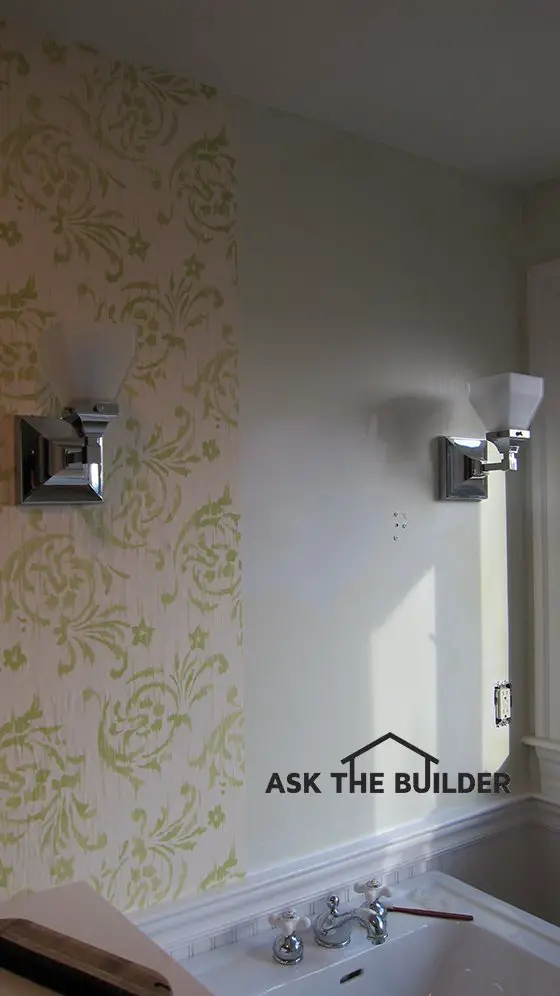
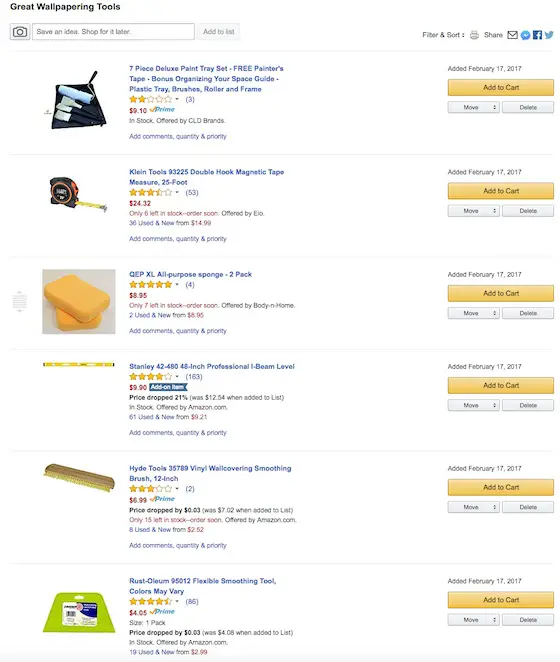

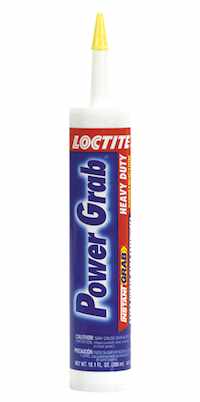 Have you ever wondered if those adhesives that are sold in caulk tubes really work? Did you know there's a clear adhesive you can now get?
Have you ever wondered if those adhesives that are sold in caulk tubes really work? Did you know there's a clear adhesive you can now get? I announced my new
I announced my new 